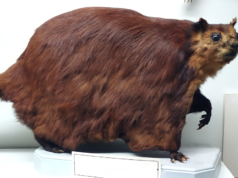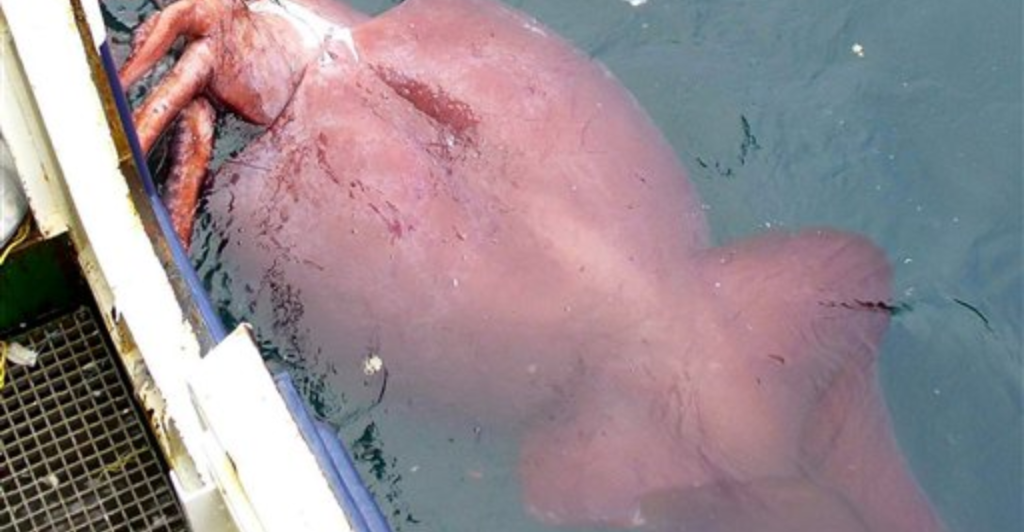
The ocean is filled with amazing creatures, and squids are among the largest. These fascinating deep-sea animals come in all shapes and sizes, with some species growing to astonishing lengths. By looking at their mantle, or main body section, we can identify the world’s largest squid species. From glowing hunters to near-invisible giants, here are the world’s top 10 largest squid species!
10. Lycoteuthis springeri
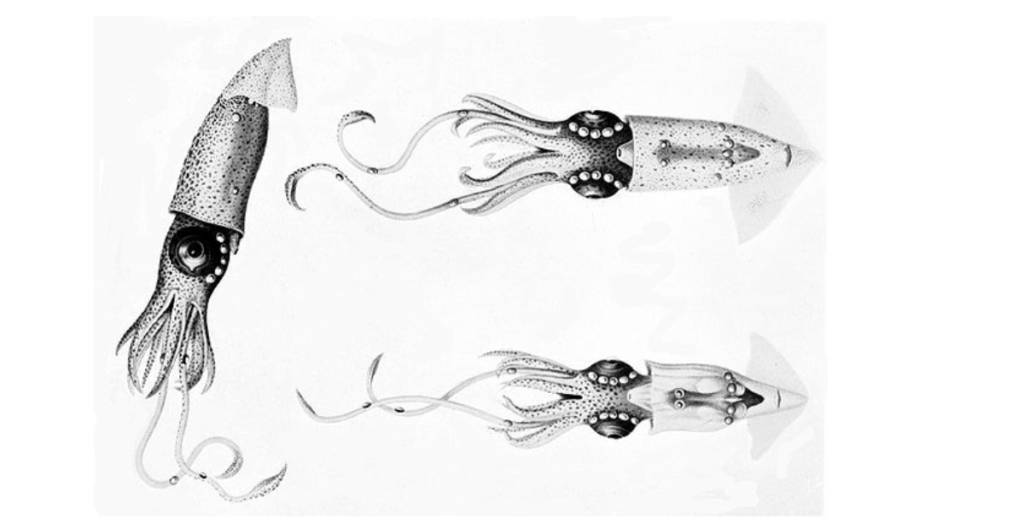
With a mantle length of 25–35 cm (9.8–13.8 in), Lycoteuthis springeri may not be the biggest squid, but it’s one of the most widespread. This squid lives in deep oceans all over the world. It uses special glowing organs along its body to communicate and hunt for food. Even though it is small, it is an important part of the marine food chain and is eaten by deep-diving predators like sperm whales.
9. The Glacial Squid
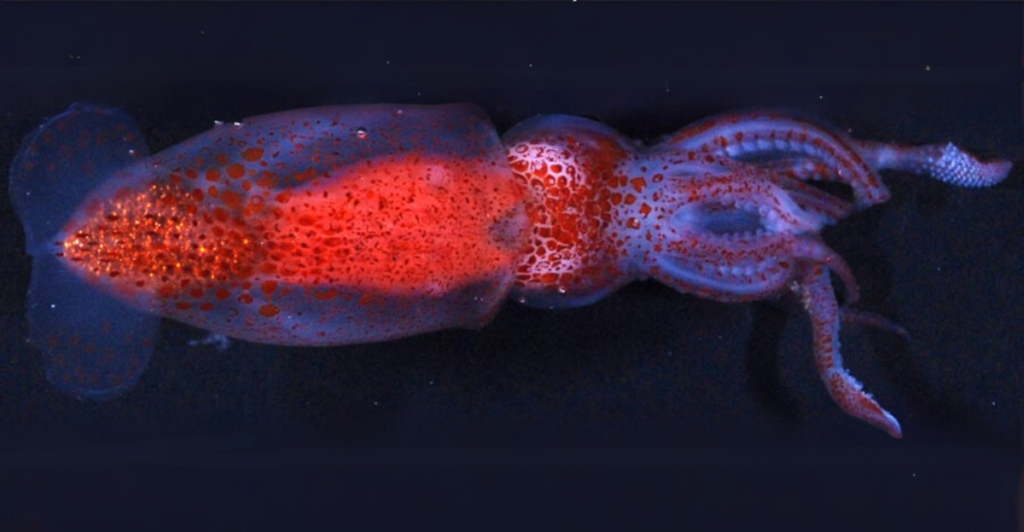
With a mantle length of 44 cm (17.3 in), the glacial squid is a formidable squid native to the cold waters near Antarctica and South America. This squid is the only known member of its group and lives in the icy depths of the Southern Ocean. Its ability to adapt to cold environments makes it unique. Scientists think there may be other, yet-to-be-discovered species related to this interesting squid.
8. Bigfin Squid
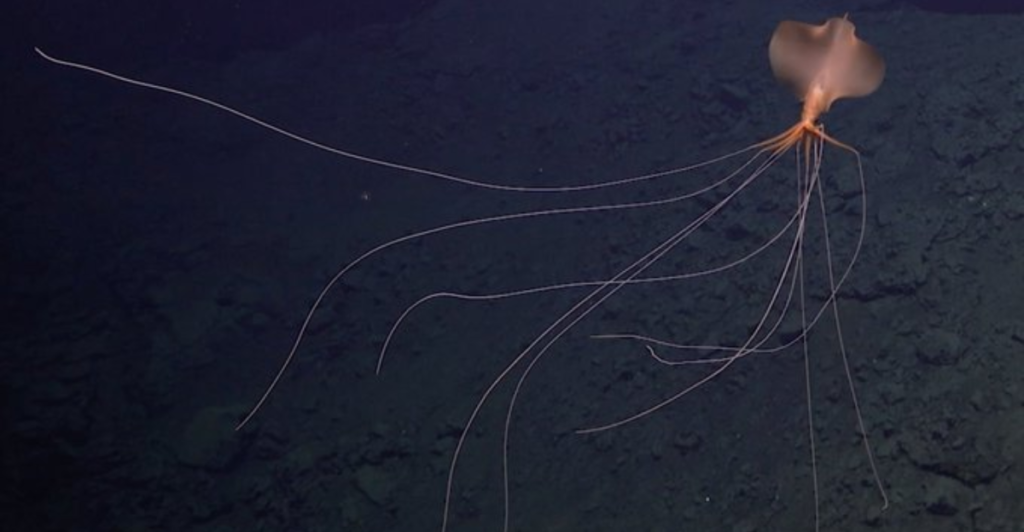
With a mantle length of 30 to 60 cm (11.8–23.6 in), the Bigfin Squid is known for its extraordinary, long arms and tentacles that extend at right angles from its body. Their large fins make up about 90% of their mantle length. Found in the deep waters of the Pacific, they’ve been observed at depths up to 6,212 m (20,400 ft), making them one of the most mysterious squid species.
7. Thorny Whiplash Squid (Asperoteuthis acanthoderma)
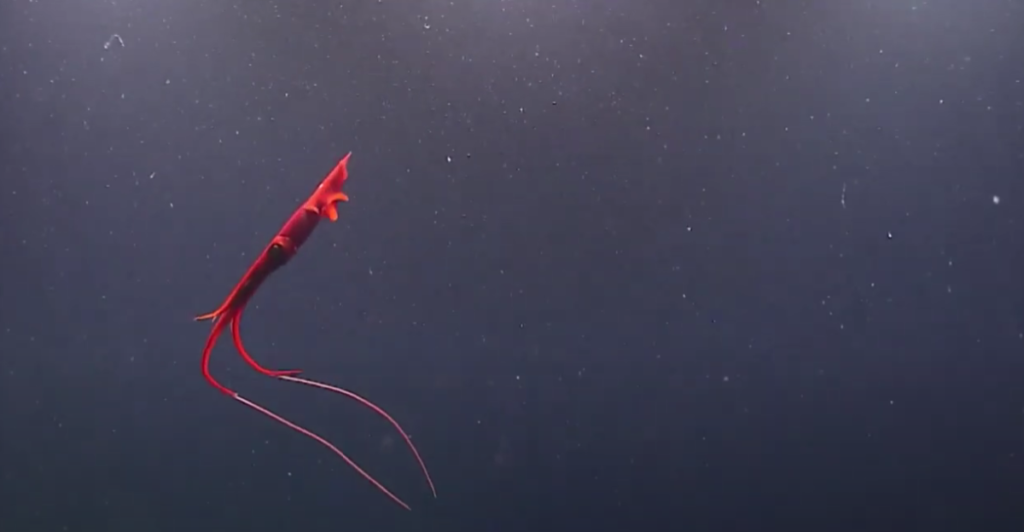
With a mantle length of up to 78 cm (30.7 in), the thorny whiplash squid is known for its unique, pointed skin tubercles and long, whip-like tentacles. This species can grow to lengths of 5.5 m (18 ft), making it one of the longest-known cephalopods. Found in tropical waters, it inhabits areas like the Celebes Sea and the Florida Keys, where it is preyed upon by sperm whales and sharks.
6. Humboldt Squid (Dosidicus gigas)
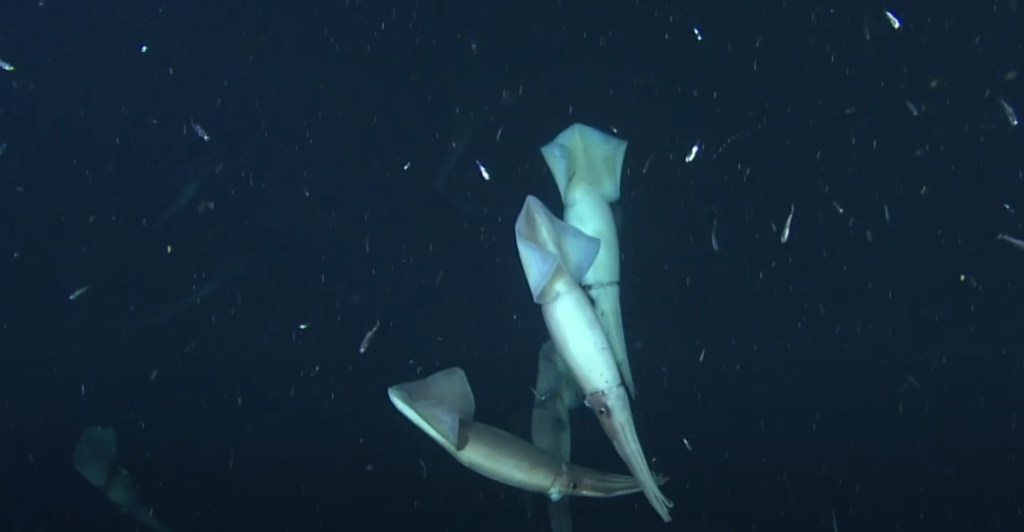
With a mantle length of up to 1.5 m (4.9 ft), the Humboldt squid is the largest member of its family. It is known for being aggressive and can quickly change its color from red to white. This squid lives in the eastern Pacific Ocean and is essential for commercial fishing in Chile, Peru, and Mexico.
5. Dana Octopus Squid (Taningia danae)
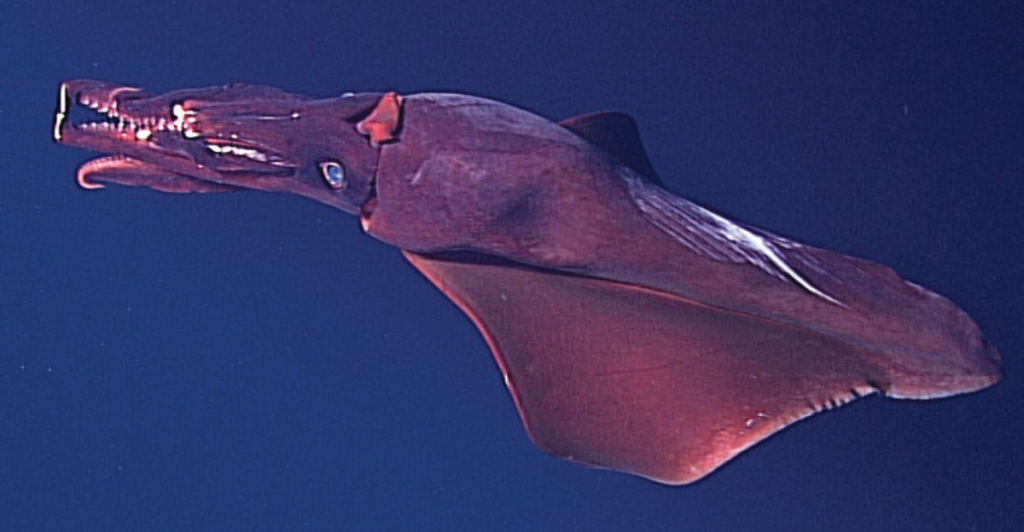
Reaching a mantle length of 1.7 m (5.6 ft), Taningia danae is one of the largest squid species. It has special light organs called photophores that glow. The squid uses these bright flashes of light to confuse its prey and scare off predators. It is rarely seen, but it has been filmed in the deep waters of the northern Pacific, where it uses its dazzling lights while hunting.
4. Robust Clubhook Squid (Onykia robusta)
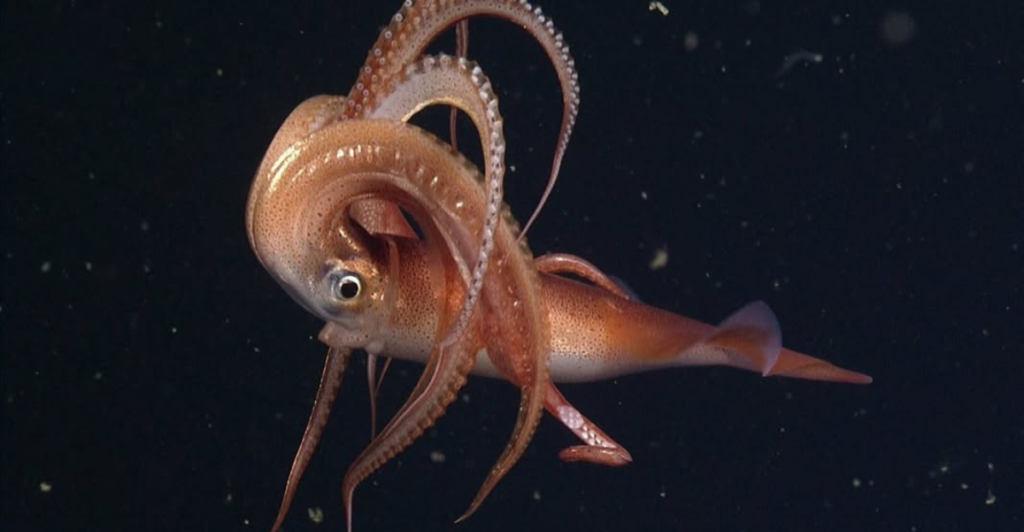
The Robust Clubhook Squid, reaching a mantle length of 2 m (6.6 ft) and a total length of up to 3.72 m (12.2 ft), is one of the largest squid species in the Northern Pacific. This squid is known for its long tentacles that have 15 to 18 hooks. It has low genetic diversity and was often mistaken for the giant squid.
3. Giant Squid (Architeuthis dux)
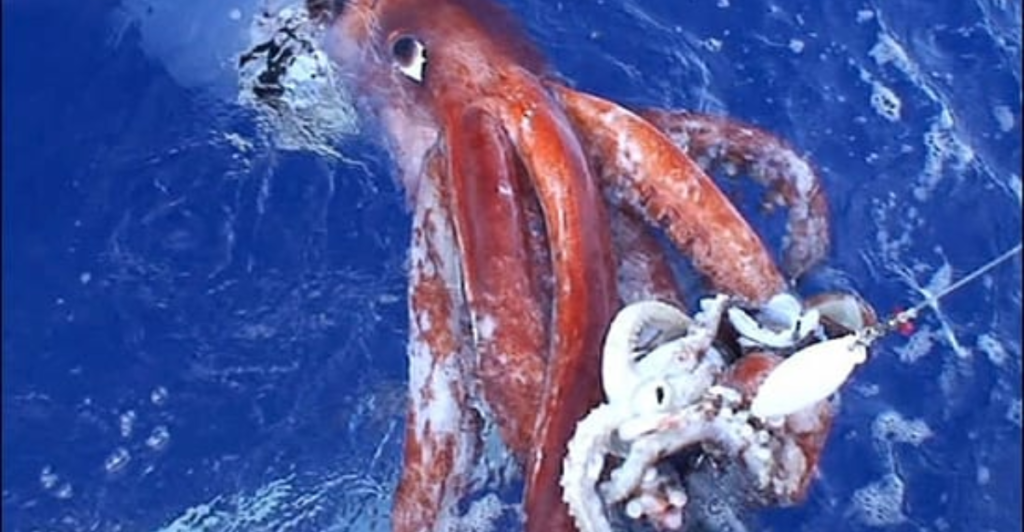
The Giant Squid, known for its tremendous size, can reach up to 12–13 m (39–43 ft) for females and 10 m (33 ft) for males, with a mantle length of around 2 m (6.6 ft). Although it is bigger than the Colossal Squid, the Giant Squid is lighter because most of its length comes from its long tentacles. Without its tentacles, it rarely grows more than 5 meters (16.4 feet). This mysterious squid was first captured in 2004.”Its clos”st relatives are the “neosquid” species in the Neoteuthidae family.
2. The Cockatoo Squid (Galiteuthis Phyllura)
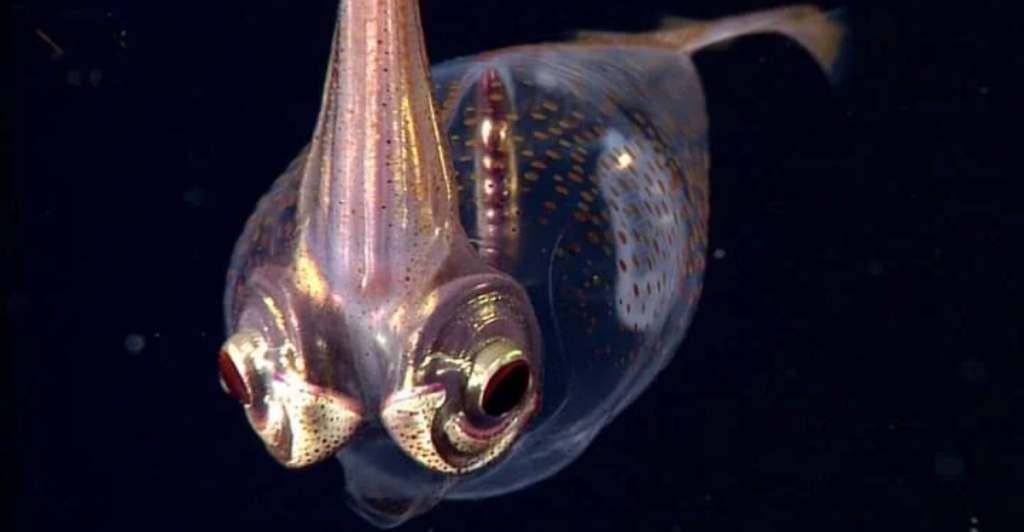
Galiteuthis phyllura, known as the Cockatoo Squid, may be the largest species in its group. In 1984, scientists found a specimen in the Sea of Okhotsk that had an arm length of 40 cm (15.7 in) and a tentacle measuring 115 cm (45.3 in). This suggests its mantle length could be 265–275 cm (8.7–9 ft). If so, it would be the second-largest squid species by mantle length, only smaller than the colossal squid. However, its narrow body makes it lighter than other large squids.
1. Colossal Squid (Mesonychoteuthis hamiltoni)
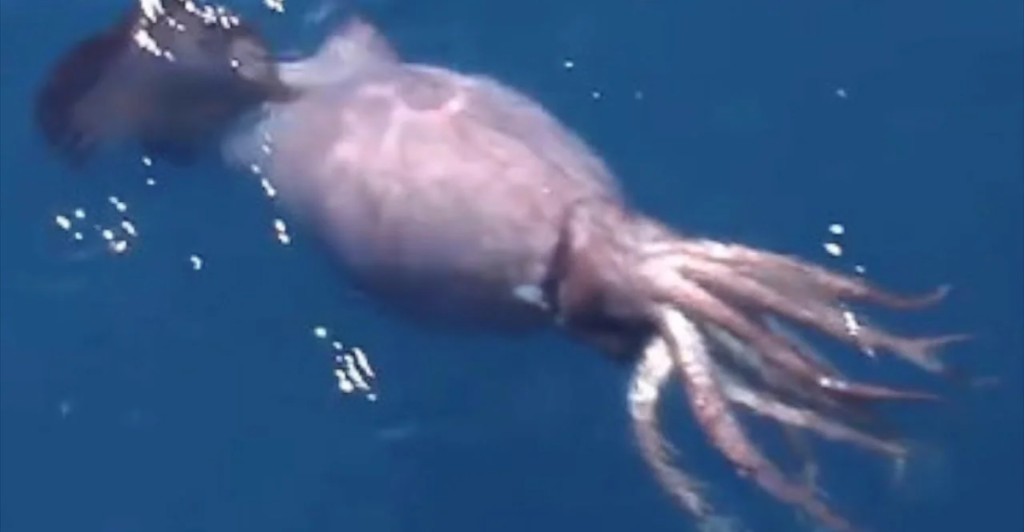
The colossal squid is the world’s largest squid species and the biggest mollusc in the world. Its mantle can reach about 2.5 meters (8.2 feet) long. It can grow up to 14 meters (46 feet) long and weigh as much as 495 kilograms (1,091 pounds). This predator is known for its huge eyes, which can be up to 40 centimeters (15.7 inches) in diameter. The colossal squid lives in the Southern Ocean and is often hunted by sperm whales.
Discover more of our trending stories and follow us to keep them appearing in your feed

The 10 Largest Sharks Ever Known to Roam the Seas
Top 10 Most Dangerous Animals in the World and Where to Find Them
13 Dog Breeds That Will Defend Humans No Matter What
Bobcats Are Making a Comeback—And They Might Be Protecting Us From Disease
References:
Reference 1
Reference 2
This article first appeared here
Stay connected with us for more stories like this! Follow us to get the latest updates or hit the Follow button at the top of this article, and let us know what you think by leaving your feedback below. We’d love to hear from you!


